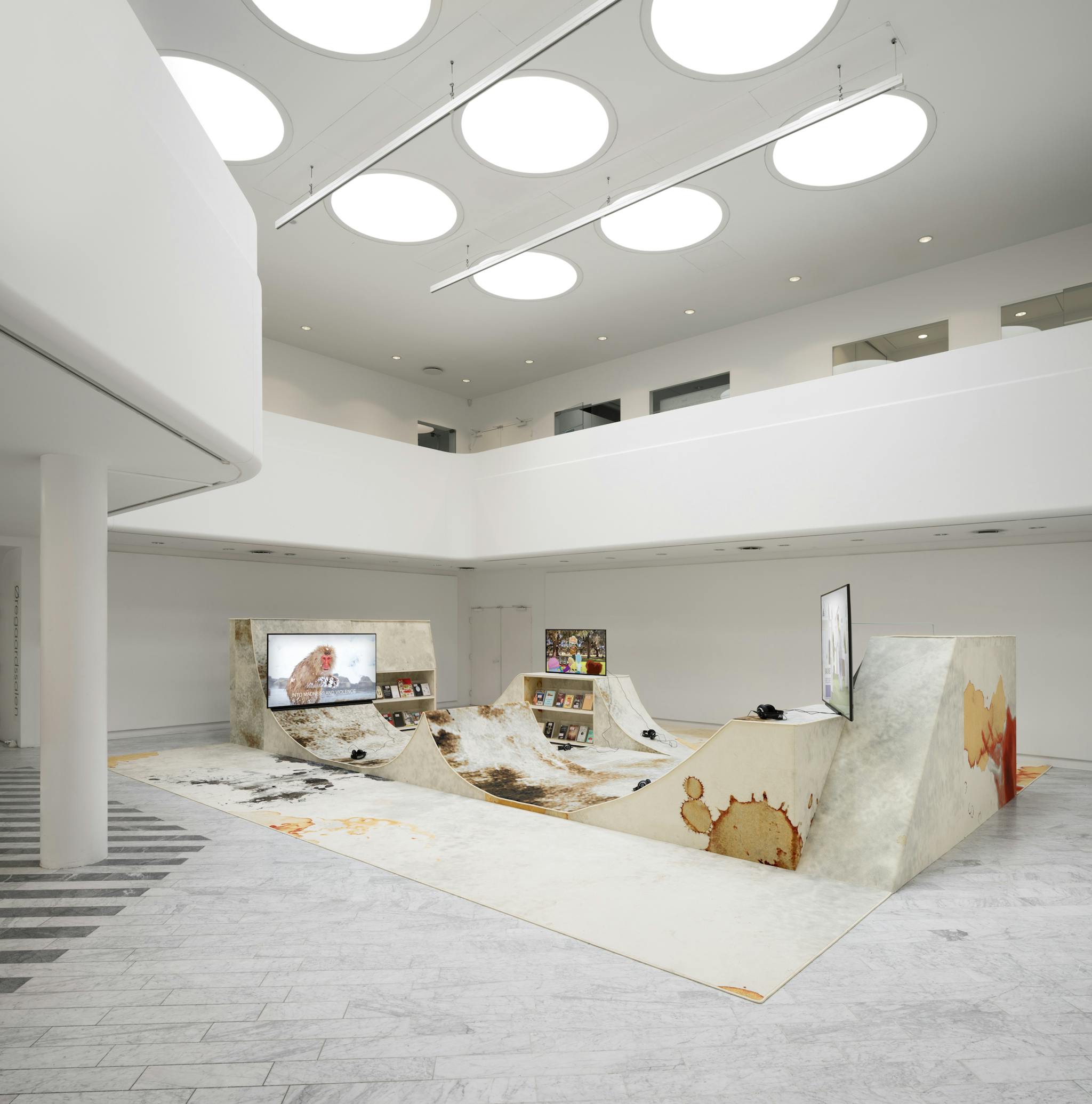
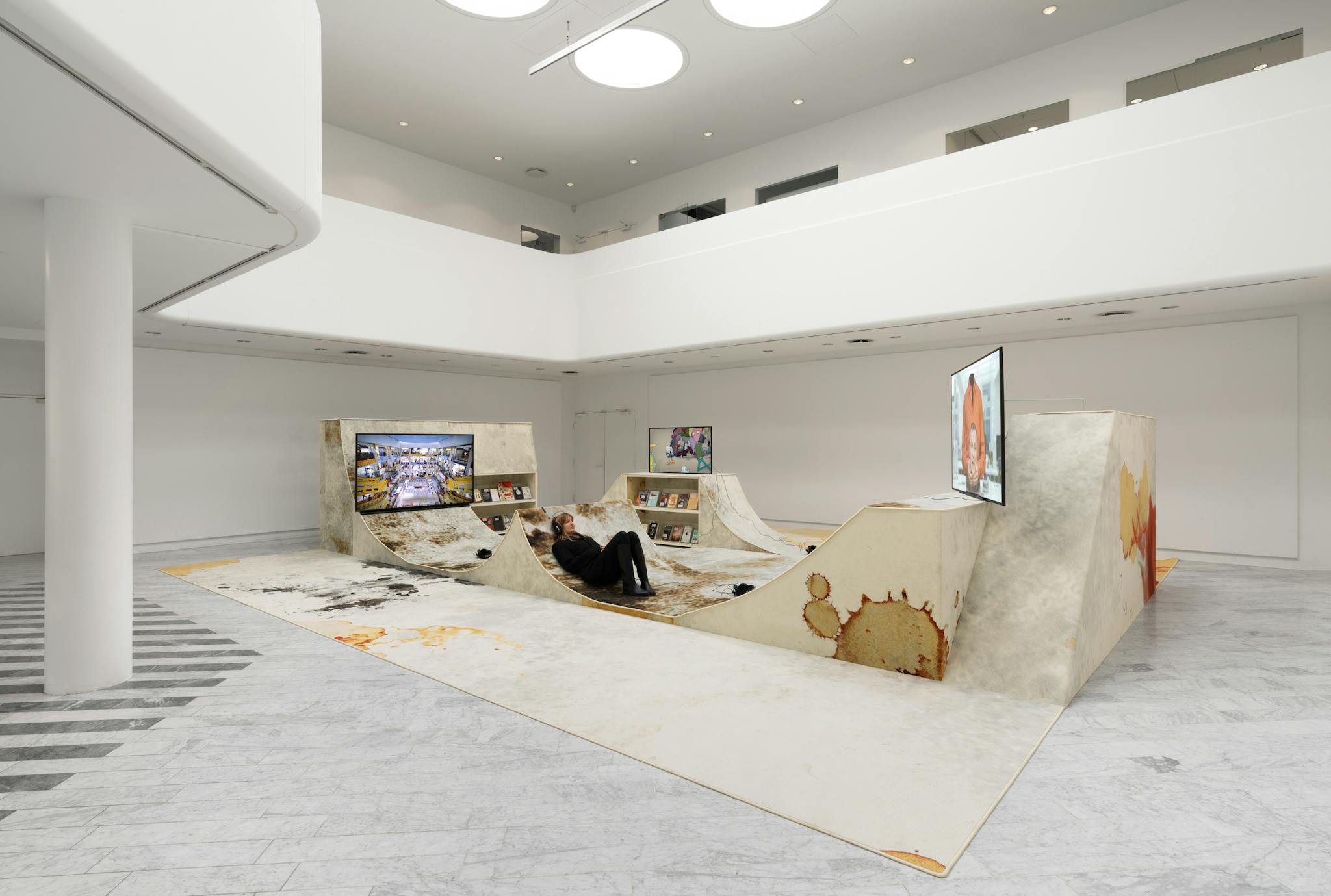
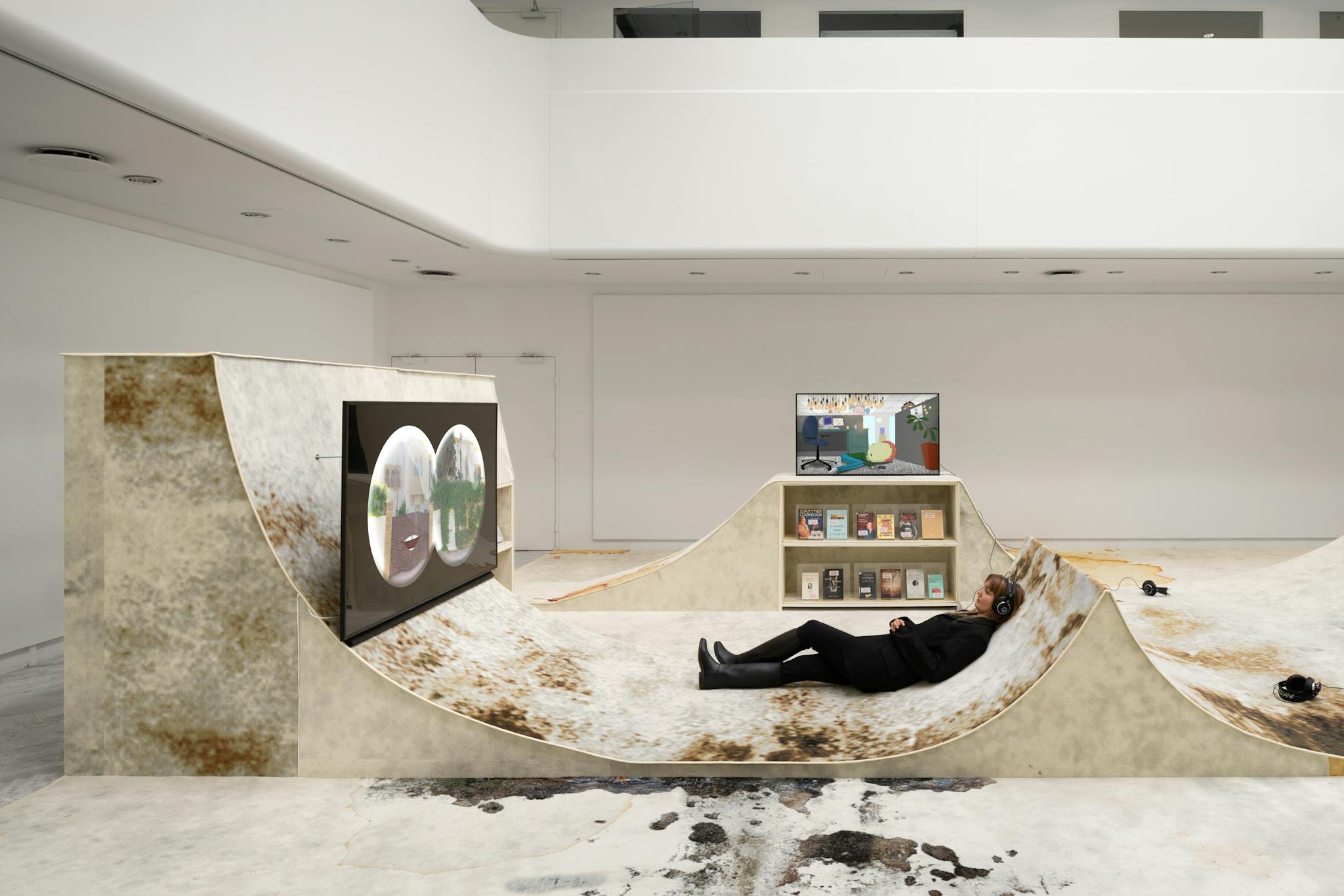
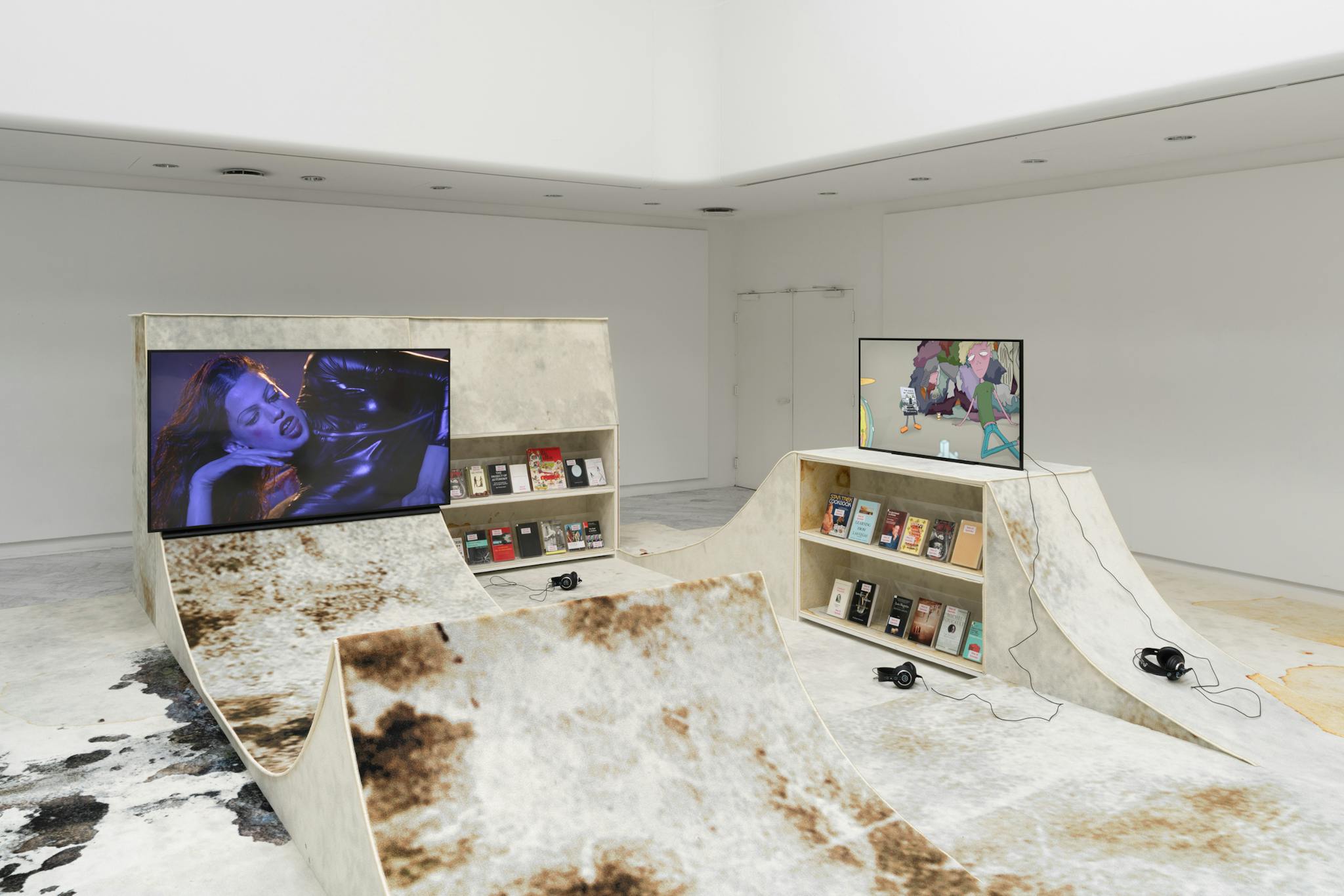
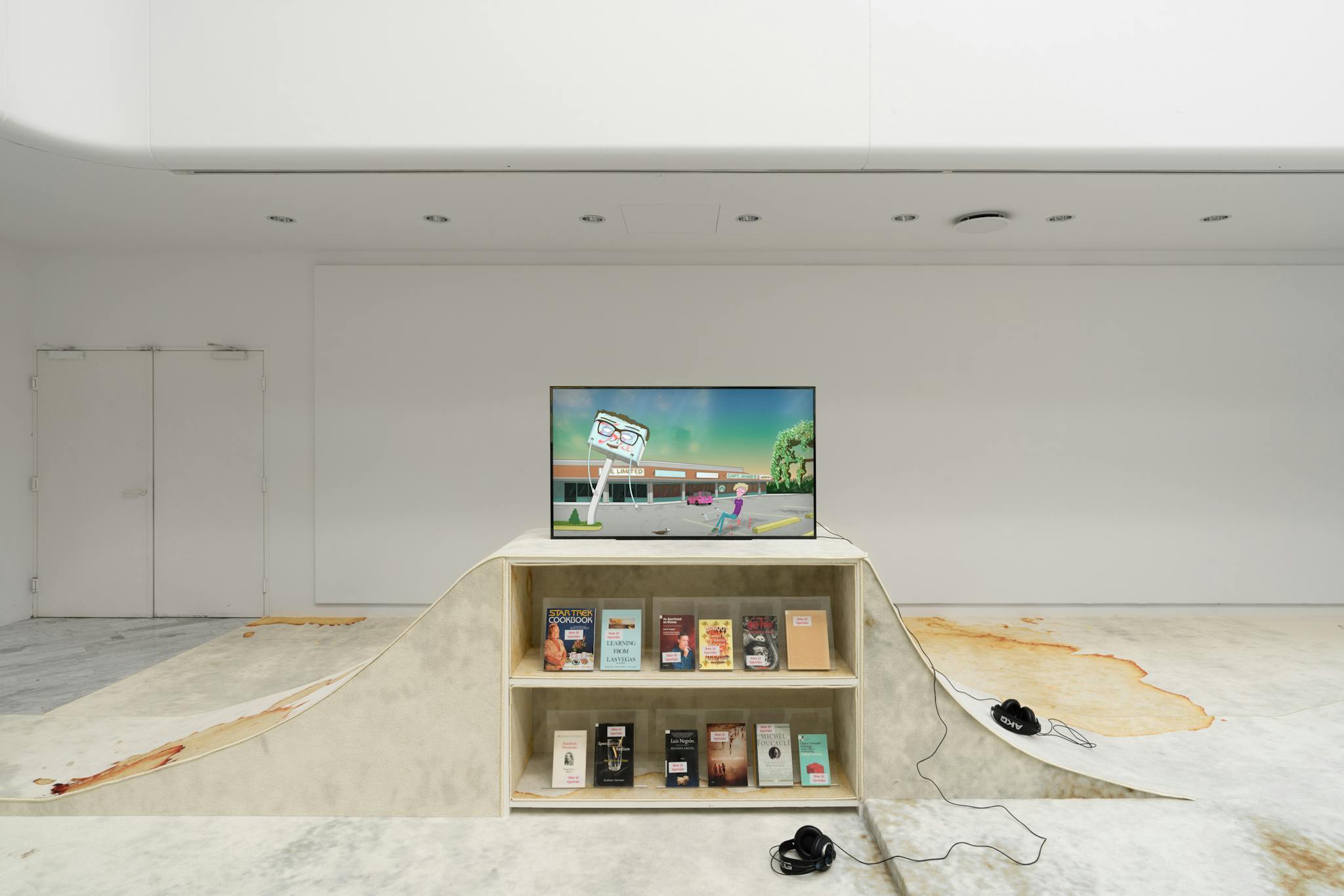
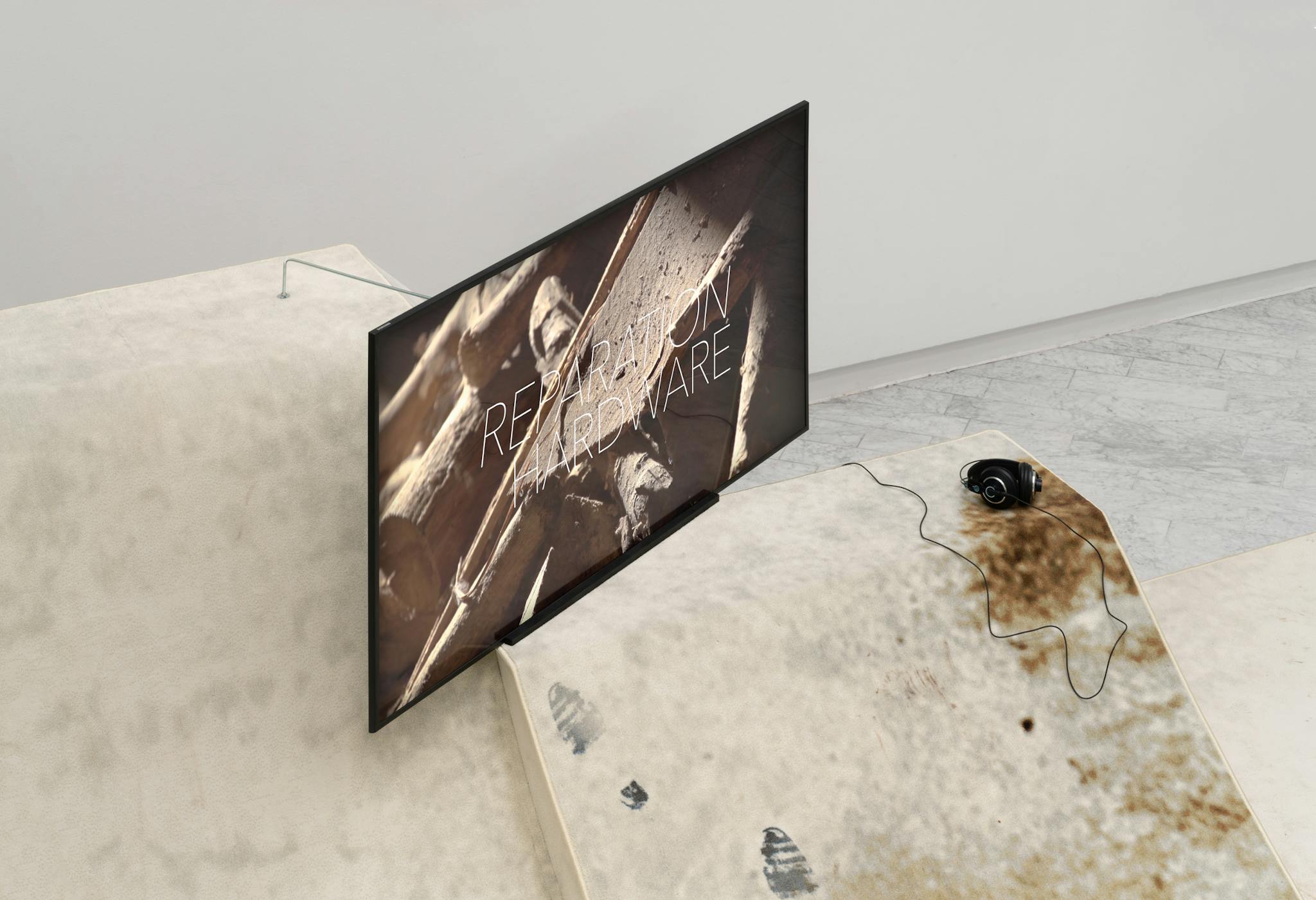
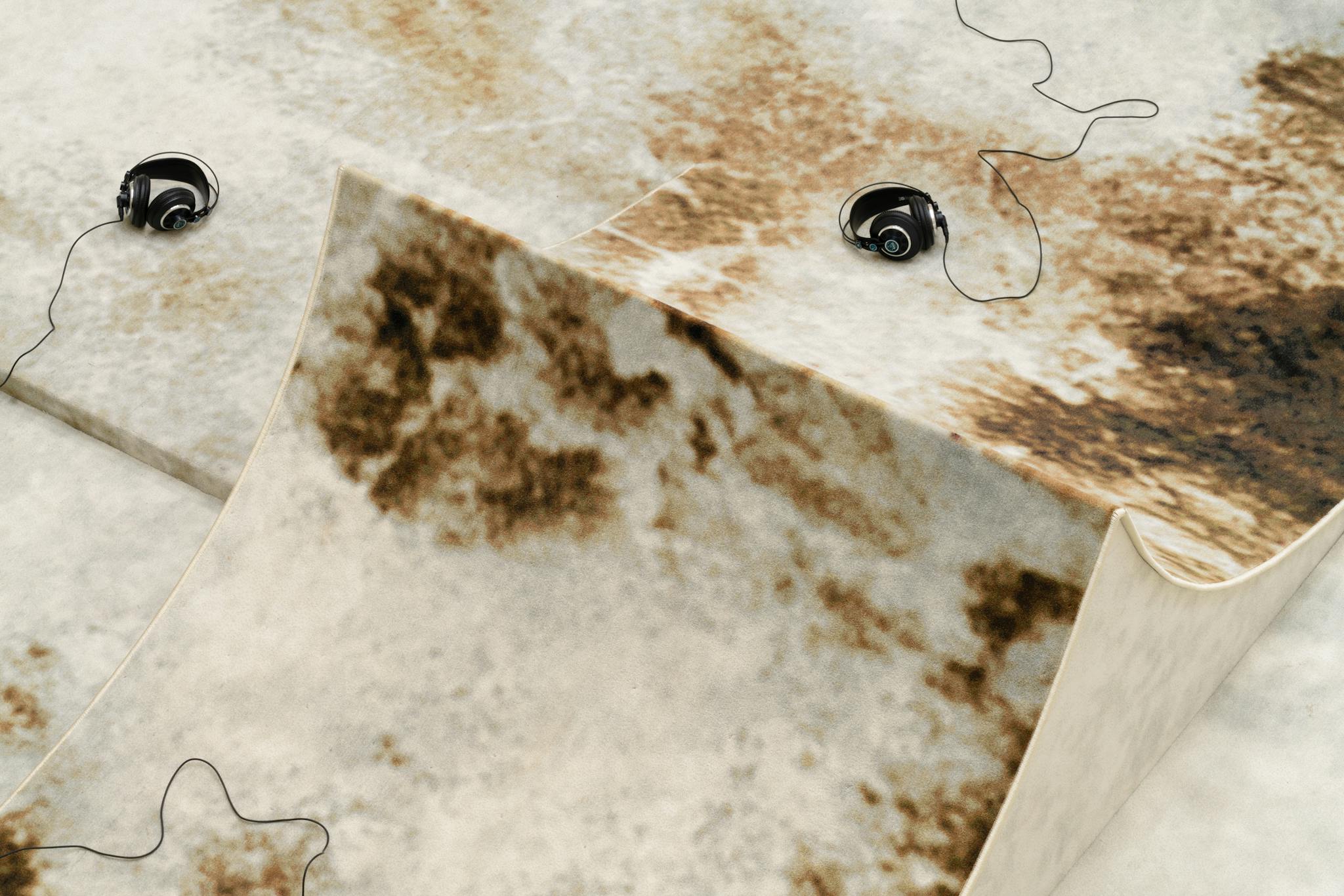
At the beginning of the 2010’s, the artist collective from New York, DIS, set the agenda in the international art world. Their webpage DIS Magazine, which was divided into sections such as Discover, Dystopia, Disco and Discussion, didn’t look like anything else on the Internet. Quickly, it became a platform and mouthpiece for a new generation of noteworthy artists until it closed down in 2017.
DIS resurfaced in 2018 as dis.art, also known as the Netflix of contemporary art. In collaboration with artists, creatives and thinkers from around the world, DIS now presents series, documentaries and films that dodge well-known genres and formats. The platform dis.art streams otherworldly cooking shows, philosophical animated series, documentaries, children’s TV and more. A wry hybrid of entertainment and education, DIS describes the project as a way to think about our shifting reality.
Selected highlights from dis.art are now on display at the exhibition DIS presents: What Do People Do All Day?, which is developed in collaboration with Kunsthal Charlottenborg and CPH:DOX. The show is hinged on DIS’s current fixations: the nature of ‘belonging’ in a rootless, networked world; the advent of suburbia; artificial intelligence; the relationships between technology, vision, and power; and the future of work:
“The environment is collapsing and we spend our days clicking and scrolling, recirculating images and rarely reading beyond headlines, while the deeper story becomes increasingly impossible to grasp. Despite our technocapitalist present, people still serve meals, clean spaces and transport things from one place to another.”
The title What Do People Do All Day? is taken from Simon Dybbroe Møller’s new episodic series, a contemporary update to Richard Scarry’s 1968 children’s book of the same name in which cute animal characters embody their straightforward professions.
For the exhibition, DIS has designed an interior for Tranen’s space somewhere between a reading hall, half-pipe, and interactive classroom. Carpet and flat screens create a domestic and informal setting. The carpet is imprinted with traces of life — a canvas of accidents; the coffee stain, the wine stain, the pee stains, the dirty footprint but also of machines: the drips of oil, the skidmarks from tires. DIS does not simply want their content to be presented in cinemas and darkened gallery spaces but also on phones, computers and other devices of everyday life. At Tranen, the films are presented as a stream of information which you can tune in and out of as you please.
The new exhibition is the result of a dialogue between DIS and Tranen, which share the ambition of establishing new entry points to art for a wider public. In the States, DIS collaborates with libraries similarly to Tranen and distributes to universities and schools internationally. Since 2018, both platforms have been showing art accompanied by reading lists that among others point to the various areas beyond the artistic realm, which preoccupy and inspire the artists. In line with this ambition, the homely interior is furnished with a small library affording visitors the opportunity to freely vacillate between films and books as they see fit.